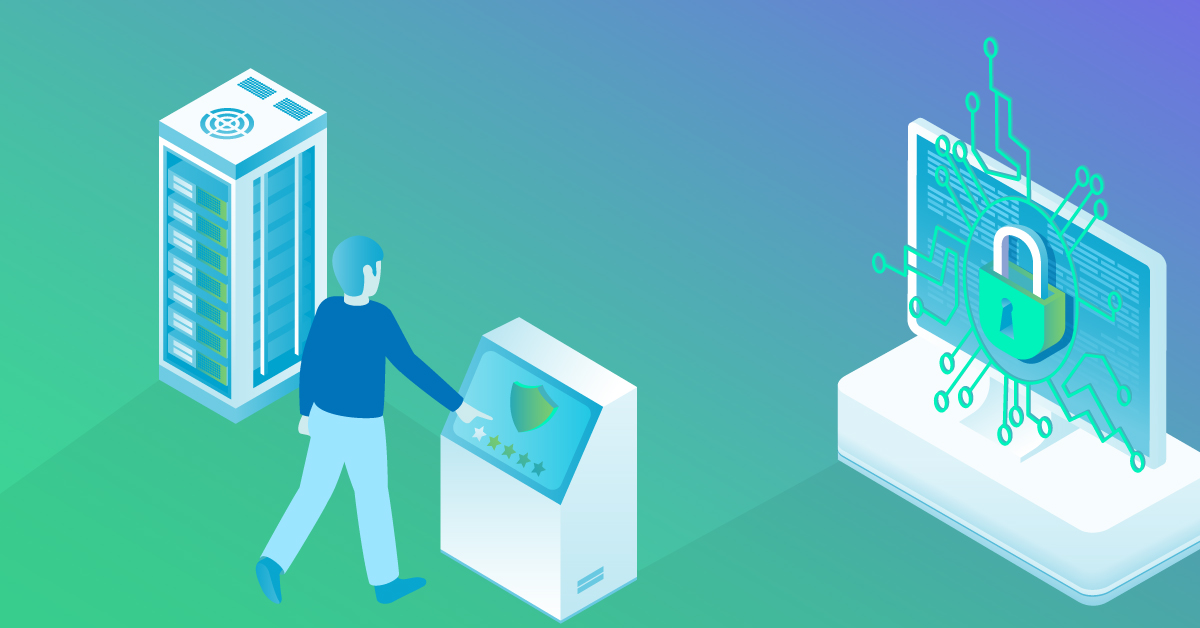

Zero Trust is a security model that only grants users access to resources during specific timeframes when they absolutely need it. It’s much more secure than granting “standing privileges” that are always on. With zero trust, no one has unrestricted access to all of an organization’s data, networks, and other assets.
With remote working on the rise, more companies are adopting cloud-based platforms and more users are accessing the cloud from their own devices. While this brings a lot of flexibility to the workplace, it also brings security challenges. Zero Trust practices help organizations control and monitor who has access to their assets through the use of “least privilege access” principles.
John Kindervag created Zero Trust while working at Forrester Research after realizing that most security models operated under the assumption that no one’s credentials had been compromised and that all users were acting in good faith. This allowed anyone granted access to a network to view much of the data inside it by moving laterally. Often the point of infiltration is not the point of attack.
Before Zero Trust was officially codified, the Jericho Forum laid the foundation for it with the idea of de-perimeterization in 2004. Up until that time, the focus of network security was on securing the perimeter, much as a fence secures a property. This method involved setting up firewalls to keep out intruders. The biggest flaw in this method is that there are no safeguards once someone gets past the perimeter. De-perimeterization removed the notion of a single boundary between the internet and a network. Instead, it proposed segmenting and layering a security system by using encryption and authentication.
Zero Trust mitigates cybersecurity risks by assuming all users and devices are bad actors. It incorporates multiple layers of security and requires authentication of credentials at every step. While Zero Trust can be challenging to implement, it’s quickly becoming a necessity for many businesses. Organizations that have to meet compliance standards such as SOX or GDPR will find it much easier to do so with a Zero Trust framework in place. There are three main principles of Zero Trust:
In a Zero Trust system, implicit trust isn’t granted to any user or device. There’s a no-trust zone surrounding the entire system. When access is granted, it’s only given to a specific asset. Every access to a resource is verified, including every new entry from the same user or device. Resources are segmented from each other so that access to one doesn’t give access to another.
Zero Trust assumes everyone is a potential threat and therefore should only be given the access that’s absolutely necessary to complete their task. This principle doesn’t just apply to users, though. It extends to programs, applications, devices, and systems. Granting the least privilege limits access from within the network as well as outside of it. Therefore, if a malicious actor does get access, they won’t be able to infiltrate your entire network.
The principle of least privilege access extends to time as well. Access is only given for the amount of time needed to perform a job. Zero Trust eliminates standing privileges and the security risks that come with them.
Your system needs to automatically log everything to maintain a Zero Trust model. All activity and traffic should be inspected and compared to baseline user account activity. This helps identify any abnormal behavior and possibly malicious activity. Monitoring and logging all access allows the network to know every user and device on the network. This information gives organizations a better understanding of how to protect assets on and off the network.
Cloud-based environments offer unparalleled convenience for today’s global, often remote workforce. However, they also often provide a broad attack surface for hackers and other malicious actors. A Zero Trust security strategy helps mitigate those risks. Zero Trust isn’t a specific tool or technology. It’s a concept that can lay the foundation for an effective security strategy. Zero Trust provides organizations the following benefits:
Zero Trust makes it much less likely that a hacker will be given unauthorized access to sensitive applications and data by continuously verifying user credentials. If a bad actor gains entry, segmenting ensures that the network doesn’t allow unrestricted access to all company assets.
Since all users and tasks are isolated from the internet, Zero Trust makes it much more difficult for them to be exploited. This protection aligns with data security, privacy, and other regulations. Logging all user activity is an integral aspect of Zero Trust and a compliance requirement of some regulations, such as the SOX Act.
With Zero Trust, security measures stay closely tied to protected assets, which means they aren’t affected by network constructs or environmental changes. This enhances cloud application security and reduces the loss of visibility and access management that can be a concern with cloud-based platforms.
Kiuwan offers security testing solutions at all levels of development to help stakeholders implement Zero Trust strategies. Our tools fit seamlessly into your DevOps process and are aligned with all major code and security standards to protect against cyber attacks.
Code scanning is fast and easy with Kiuwan Code Security – SAST. We cover all important languages and are compliant with even the strictest security standards, such as OWASP and CWE. By identifying and remediating vulnerabilities, SAST allows businesses to make informed decisions about technical debt.
Kiuwan Open Source Insights automates open-source code validation throughout the SDLC. Though open-source components are a standard part of commercial software today, they open up the risk of security vulnerabilities as well as obsolescence and licensing issues. Our SCA tool gives development teams confidence that using open-source code isn’t a security risk. Reach out to our global team today to see how our end-to-end application security platform can benefit your team.


